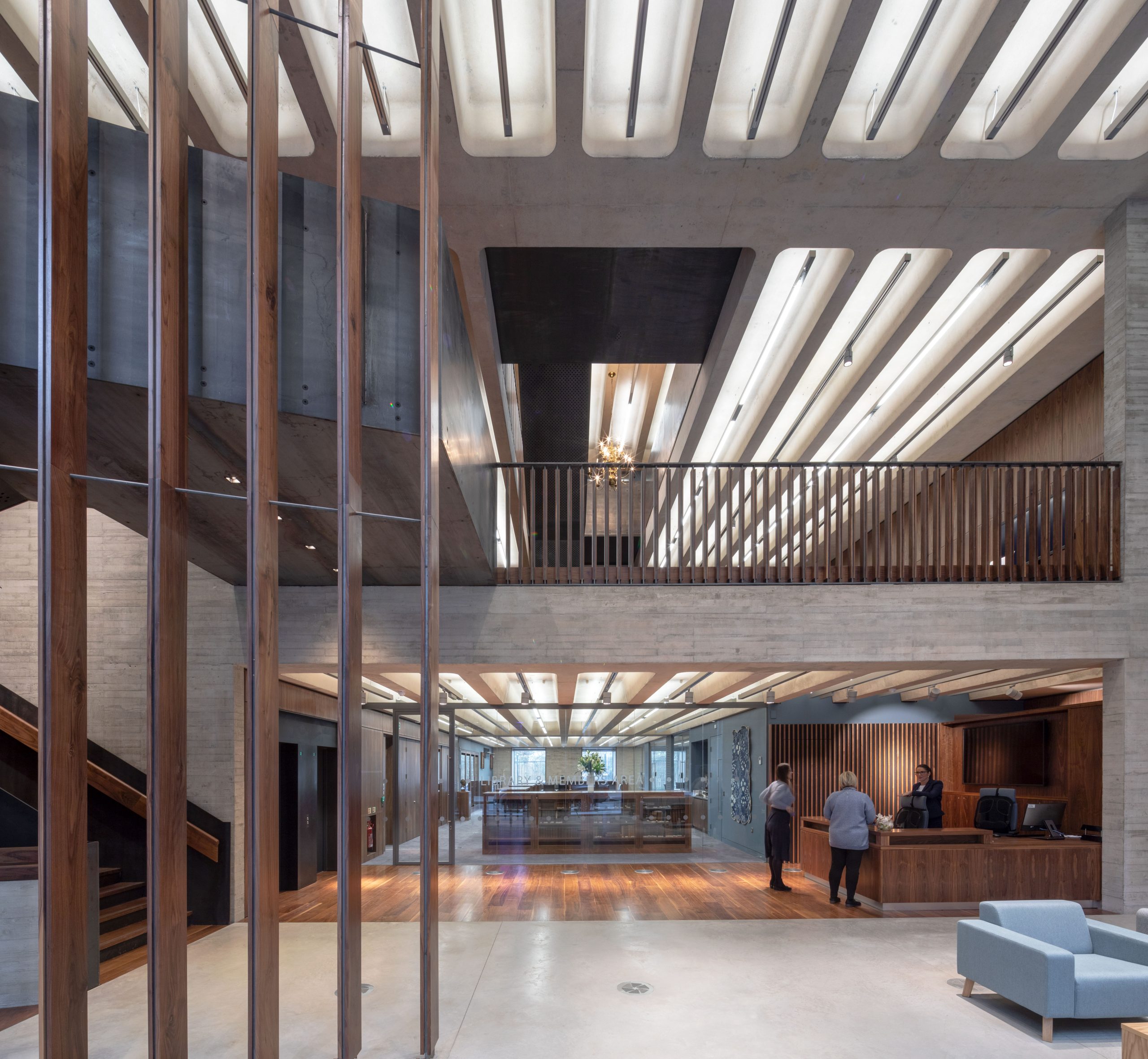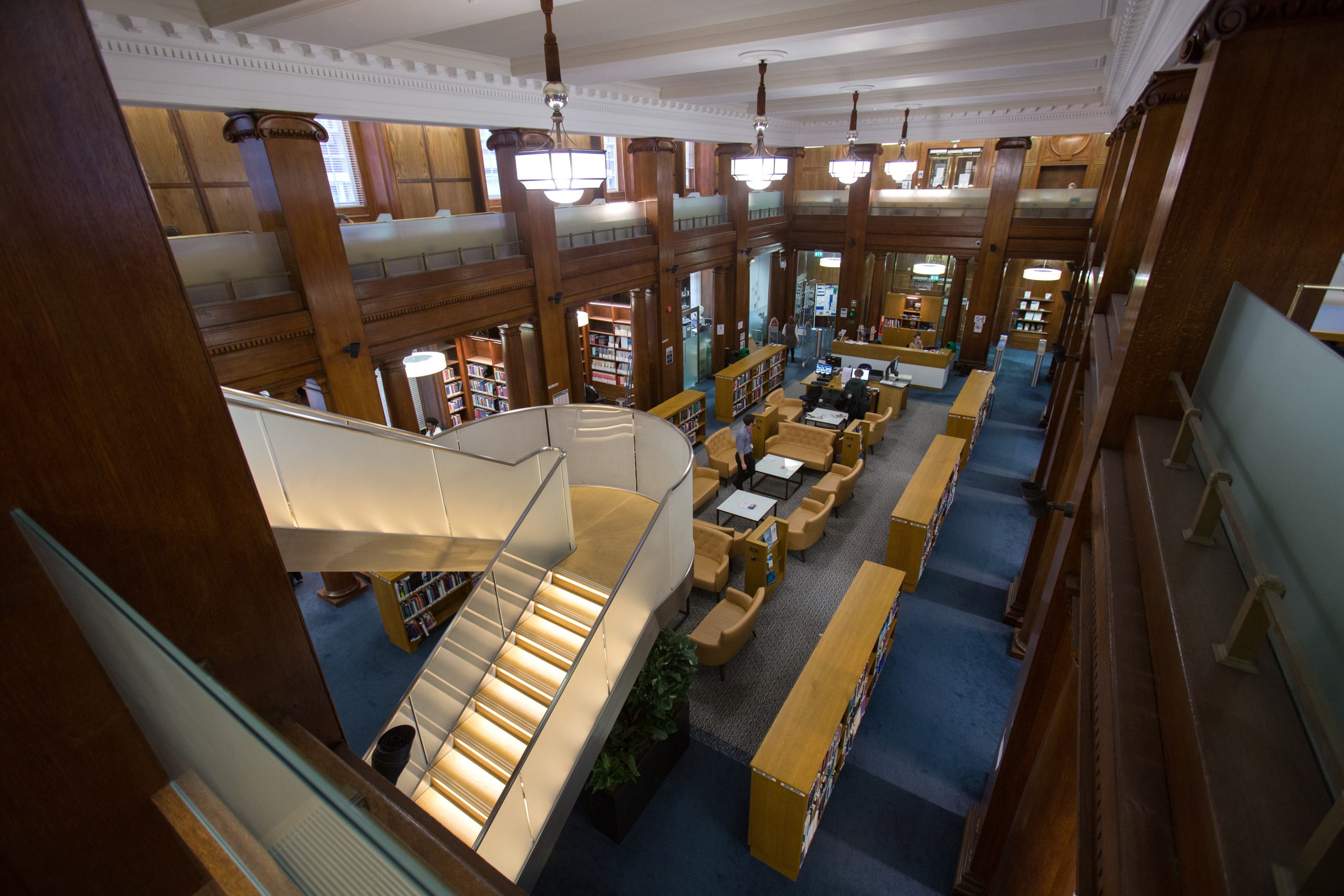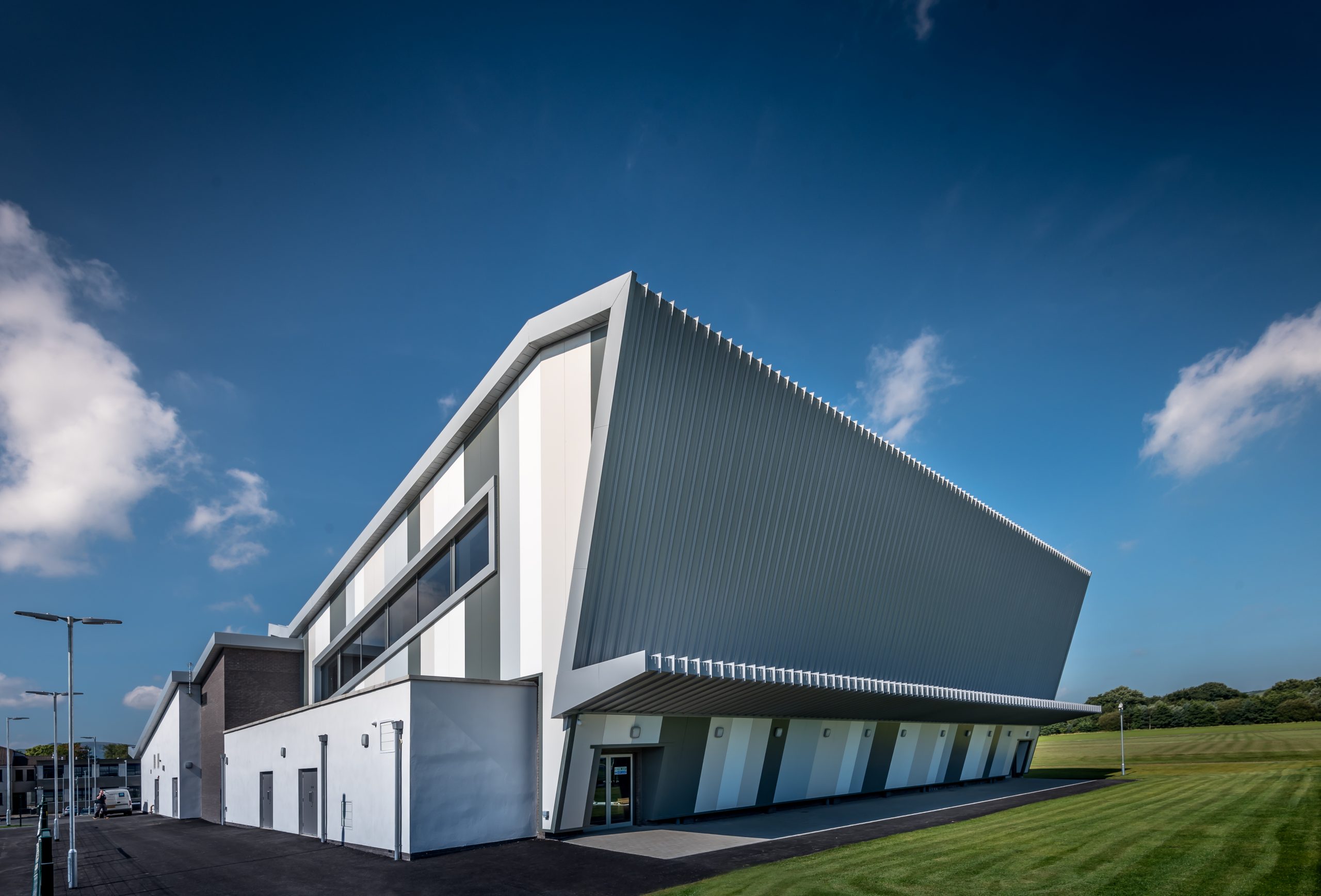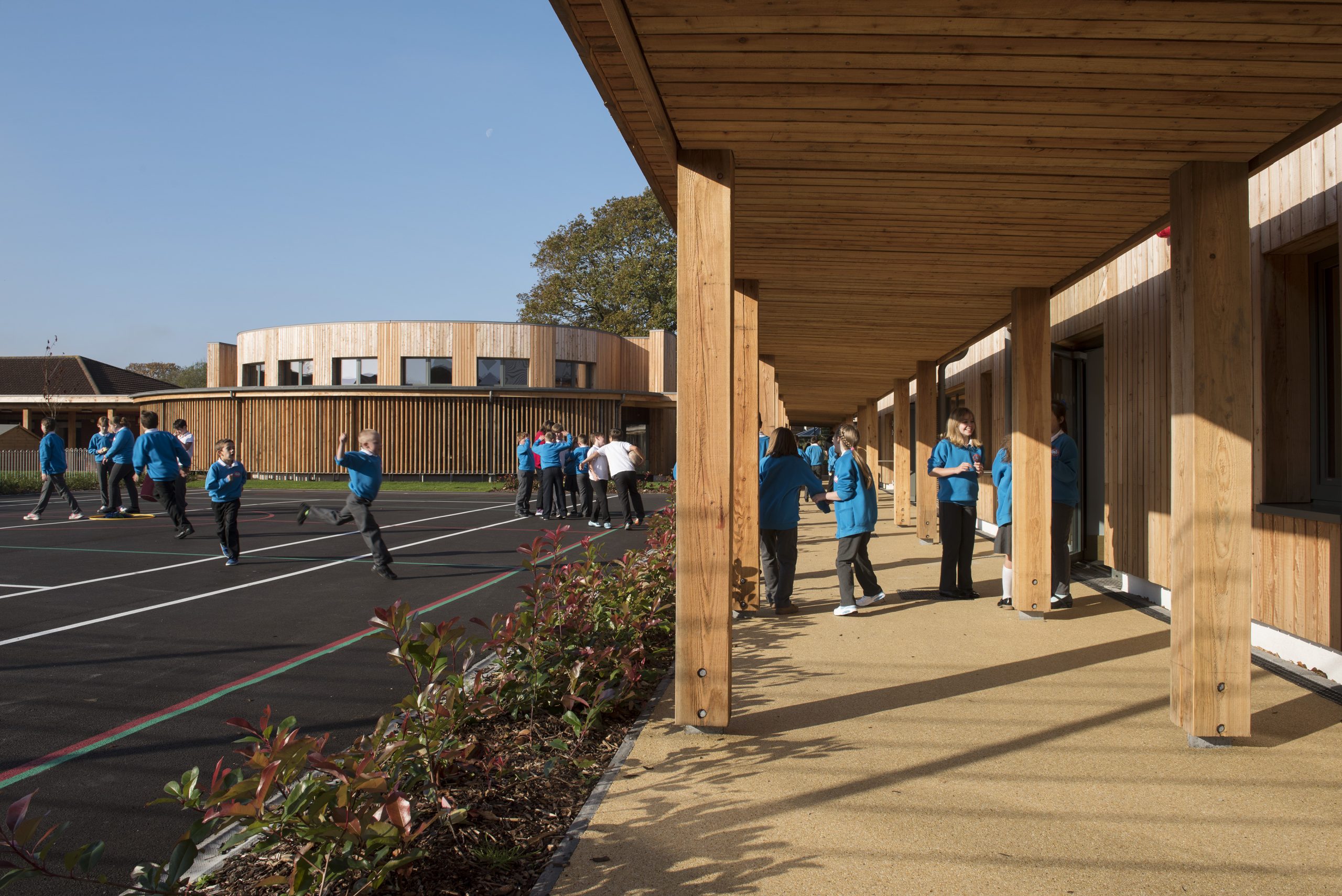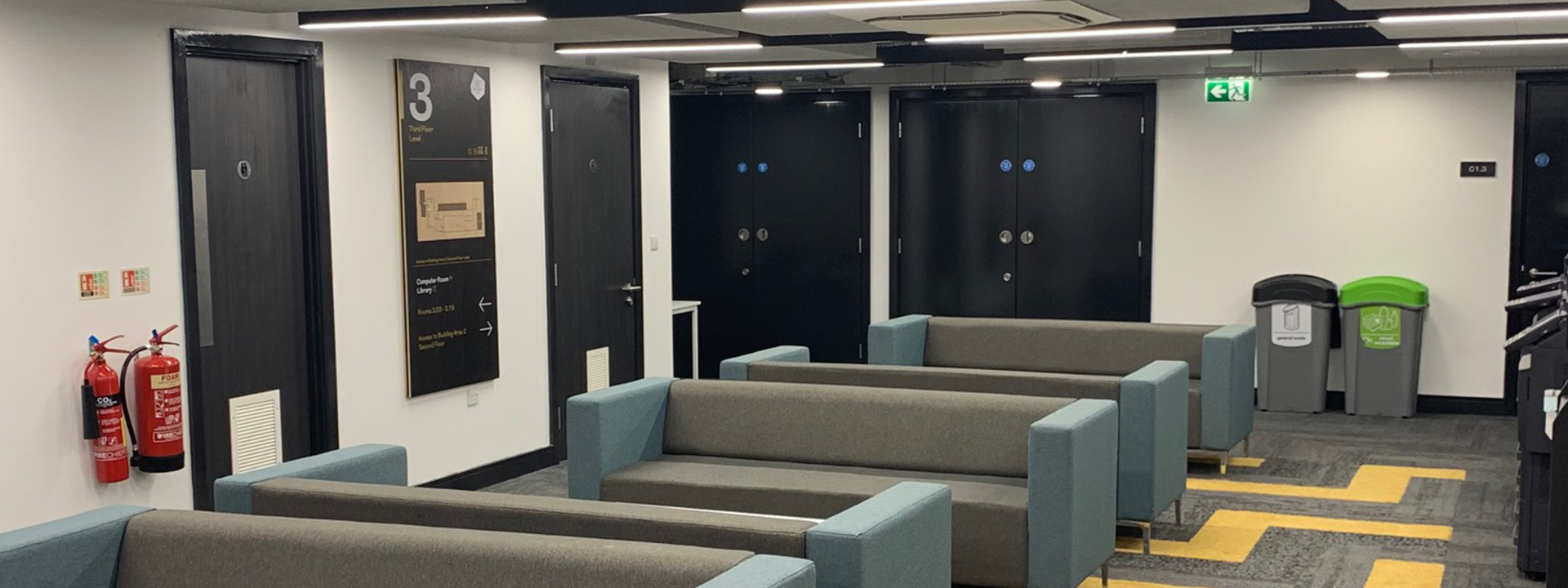£18 million
48,000sq.ft
Royal College of Pathologists
Gilbert Ash
Waterman Structures
Bennetts Associates
London
2018
- Engineering services design
- Utilities
- Sustainability
- Building peformance
- BREEAM assessment
- WINNER 'RIBA London Award 2021'
- WINNER 'RIBA National Award 2021'
- WINNER 'Education' Bricks Development Awards 2019
- WINNER 'Architecture & Learning' Architizer Awards 2019
The new London headquarters for the Royal College of Pathologists is a flexible, environmentally efficient building. It will enable the College to continue to represent its growing international membership, advance its valuable research and provide public education services and programming.
Located in the rapidly-changing area of Aldgate on the city’s eastern fringes, the eight-storey building replaces an existing office block and represents the final phase in the College’s relocation from its former home in the West End.
The design of the facades reflects the many uses contained within the building which include major conference and meeting rooms, offices, a multi-function auditorium and overnight accommodation for members.
TB+A was appointed to undertake the full MEP design including sustainability planning and BREEAM assessment alongside the architects, Bennetts Associates.
Following the planning application which was submitted in September 2015, the project was granted planning consent in March 2016. The building is targeting a betterment in energy consumption of 36% over current Building regulations and is on track to achieve BREEAM Excellent. This is being achieved via the use of mixed mode ventilation with night-time cooling of the exposed concrete structure; exposed passive chilled beams; energy efficient plant and lighting as well as a 100m² photovoltaic array.
Our Energy + Environmental team have worked collaboratively with the design team to optimise the façade design to maximise daylight and minimise solar gains; and have undertaken a feasibility study to advise the most suitable Low and Zero Carbon technologies to offset the building’s carbon emissions.
We have also undertaken co-ordination of incoming utilities including a new electrical supply to provide approximately double the existing capacity whilst avoiding the need for a new substation.
